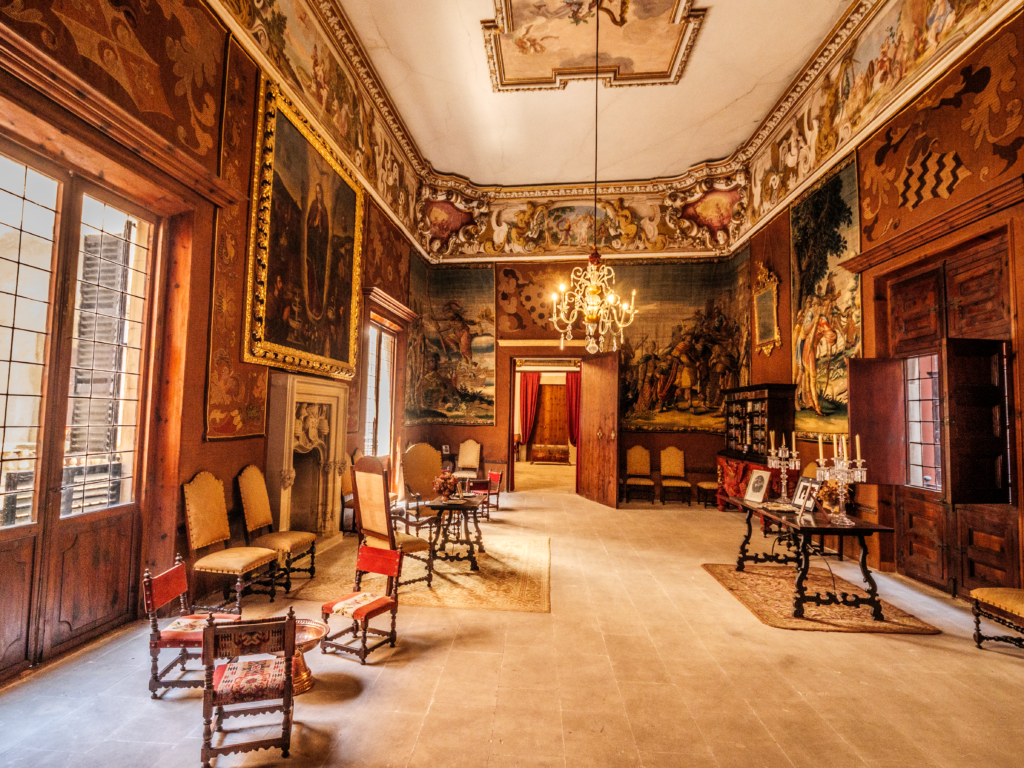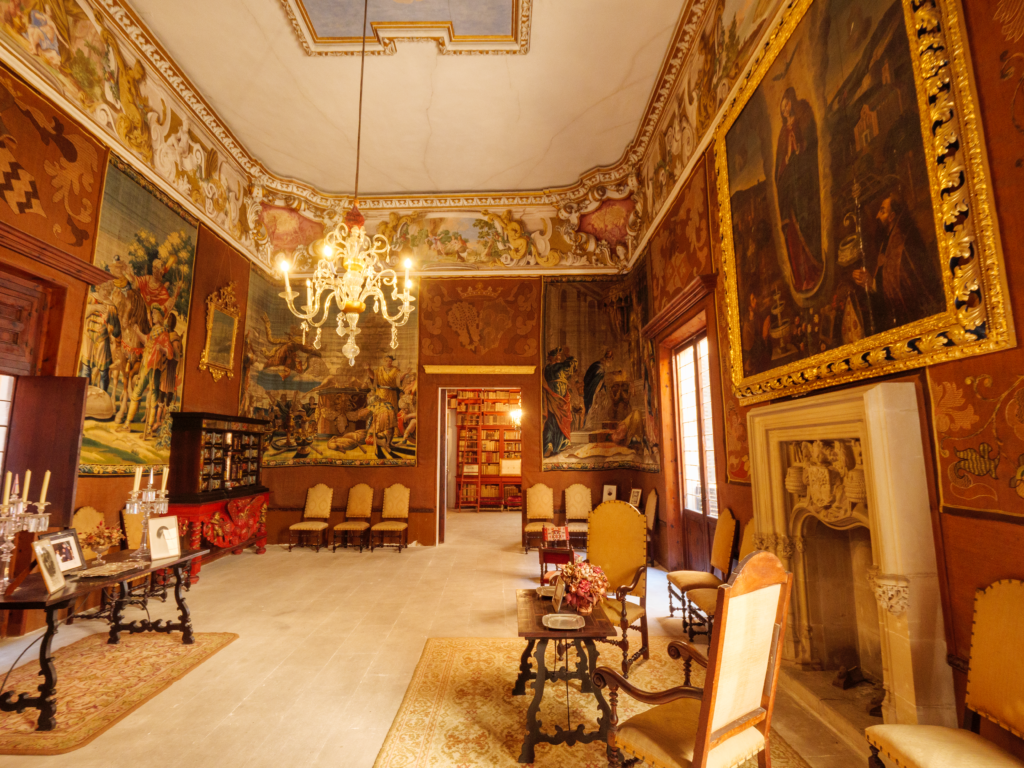Opulent, lavish and packed with old masters and ostentatious furniture, historic homes often seem to lack something, all the same – a human presence that no guide or dressed-up actor can ever fully deliver. And that’s perhaps why Palma’s Can Vivot, a fabulous old townhouse, is such a rewarding experience. Here, as Pedro de Montaner, Count of Zavellá, summons up the ghosts of the past, you may catch a glimpse of younger, future residents too as his grandchildren slip past on their way home from school. Three generations of the family live here, including the Countess, Magdalena de Quiroga and their daughter Sol, and they are making it their life’s work to maintain the house as the very last fully inhabited noble house in Palma, a fast-changing city where great homes most have now become hotels or been broken up into apartments. But Can Vivot stubbornly remains a living family home that encapsulates centuries of architectural evolution, social history, and artistic expression.







“It’s a constant challenge,” says the Count, a historian who was once director of Palma’s Municipal Archives. “And we get little or no help from the authorities.”
Dating back to the 14th-15th centuries – though there are older Islamic parts – Can Vivot is a prime example of a traditional Mallorcan noble house, and the architecture reflects a blend of styles, indicative of the various phases of its construction and renovation. The façade is adorned with intricate stone carvings and a grand portal, leading visitors into a realm where time seems to have stood still.
First to greet the visitor is the stunning Baroque courtyard, a hallmark of Mallorcan noble houses. Inside, Can Vivot boasts a series of grand salons, each adorned with period furniture, tapestries, and artworks that offer a glimpse into the lifestyle of Mallorcan nobility. One wing dates from the time of the Habsburg monarchs, the other from the victorious Bourbons after 1700.
The house also houses an impressive collection of manuscripts, books, and personal belongings of the family, which offer invaluable insights into the social and economic fabric of Mallorca over the centuries. The library, with its antique wooden shelves and rare volumes, is a treasure trove for historians and literature enthusiasts alike.
Today, Can Vivot continues to be a vital part of Palma’s cultural landscape. It is open to the public for group tours – though booking is essential – allowing visitors to step back in time and experience the grandeur of Mallorcan noble life. The house also hosts various cultural events, including art exhibitions, musical performances, and historical lectures, further enriching the cultural tapestry of Palma de Mallorca.
Visiting Can Vivot is more than just a historical journey; it is an immersive experience that connects the past with the present. As one strolls through its state rooms, the stories of the family and the rich history of Mallorca come to life, making the great house a cherished landmark in the heart of the city.
If you would like to book a tour for yourself and some friends, or organize an event, contact: [email protected]. Tours start at 12 euros per person. For a further 30 euros you can enjoy food and wine with the family in their garden.
Website: https://canvivot.es/








